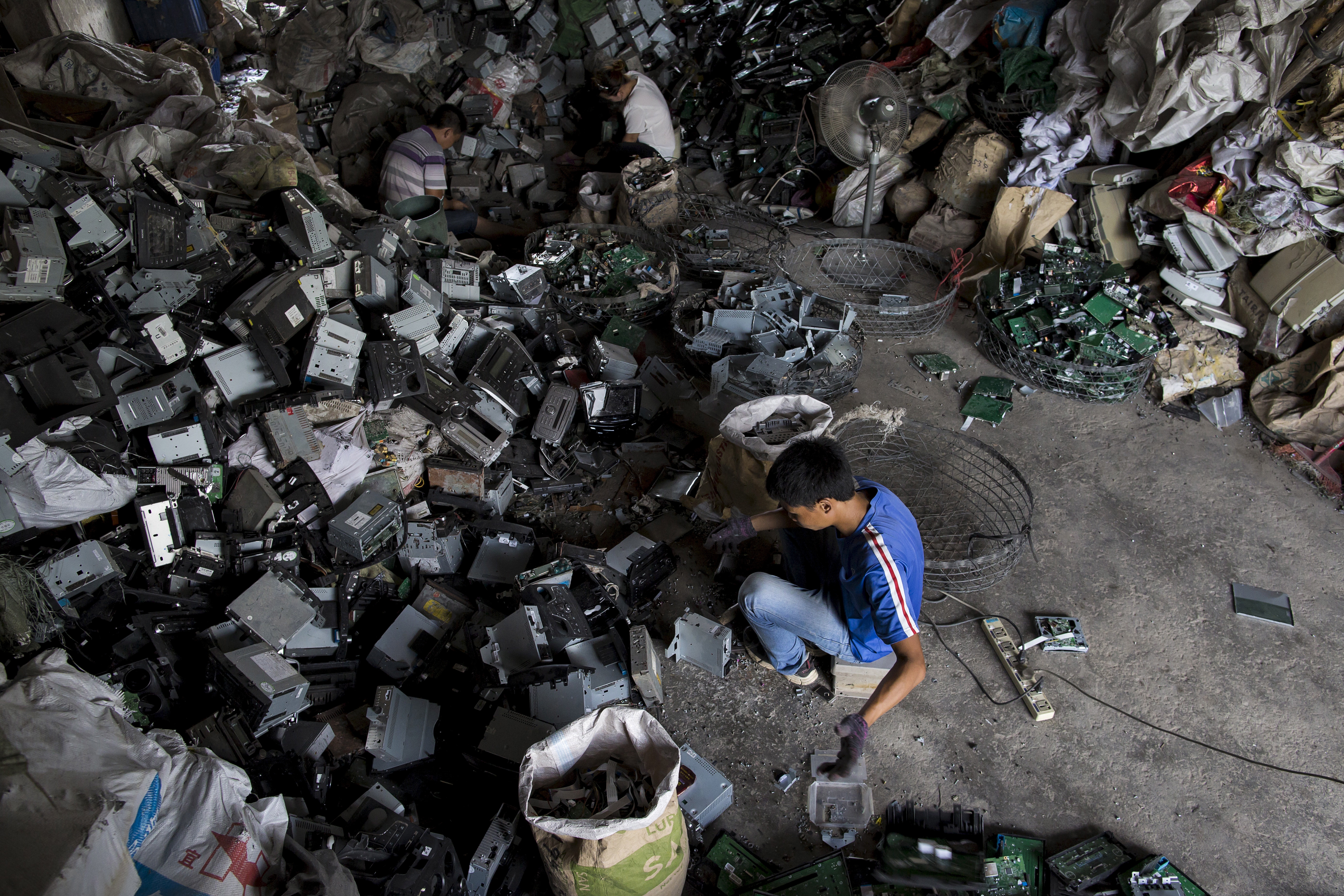You probably know better than to dump your old electronics in the trash. TVs, printers, and laptops are full of harmful materials like arsenic, lead, and mercury — and when left in landfills, these toxins can leach into nearby land and water. Campaigns to recycle instead of trash have alerted the public to the dangers of e-waste, and so instead of throwing those old TVs in the dumpster behind the local elementary school, we donate them to e-waste recyclers or non-profits like Goodwill. And we donate a lot: About 50,000 dump trucks’ worth of electronics are sent to American recyclers each year.
But what happens to our old devices after we drop them off?
The Basel Action Network, a Seattle-based watchdog group, partnered with MIT to insert 200 GPS tracking devices in old computers, TVs, and printers. They dropped the goods off at donation centers and recyclers that advertise environmental responsibility, including Goodwill, and waited to see where those products actually ended up.
Many of the old products, it turns out, traveled pretty far: They ended up overseas, where they were dismantled by workers with few protections from all the heavy metals and toxic chemicals that they contain — toxins that then end up contaminating the water and land around those faraway facilities. Every industrialized nation in the world has made it illegal to dump hazardous waste in developing nations — with the notable exception of the United States.
EarthFix followed the Basel Action Network to Hong Kong to see just what happens to our e-waste. Watch the video above, and be careful where you drop off all those iMacs.



